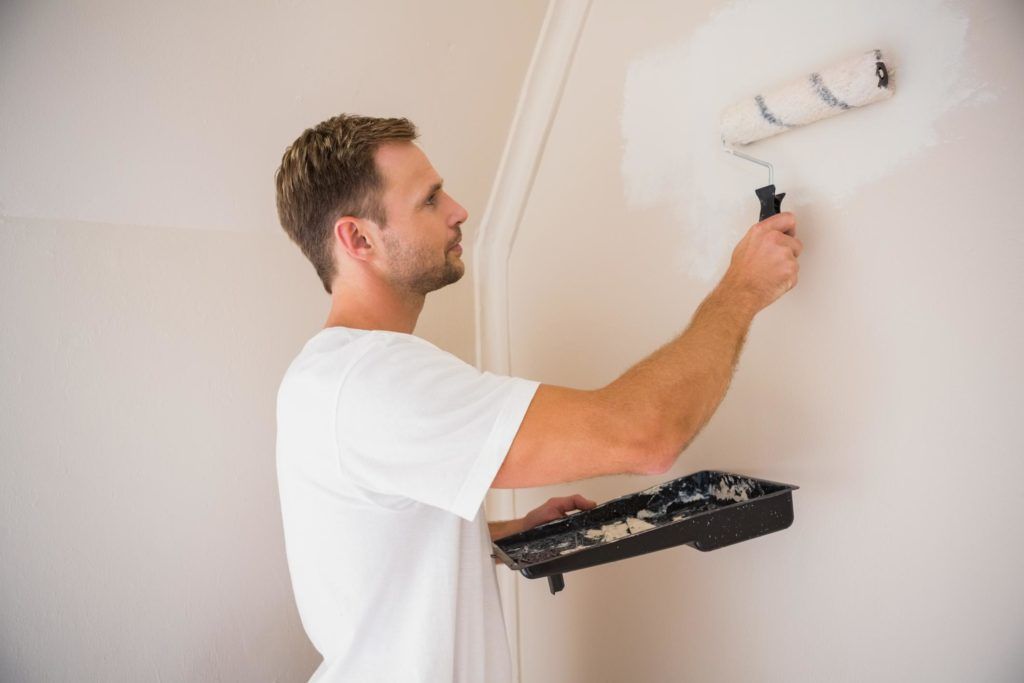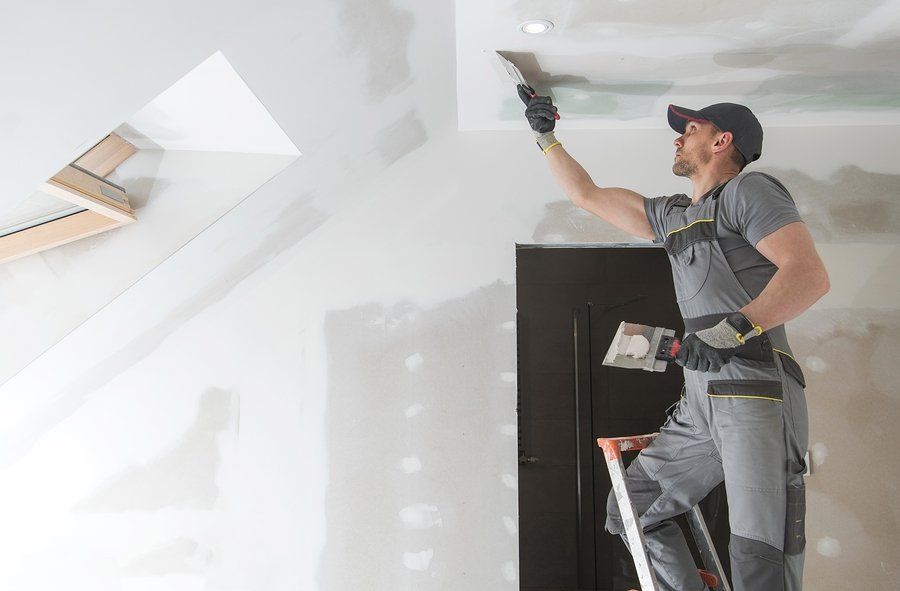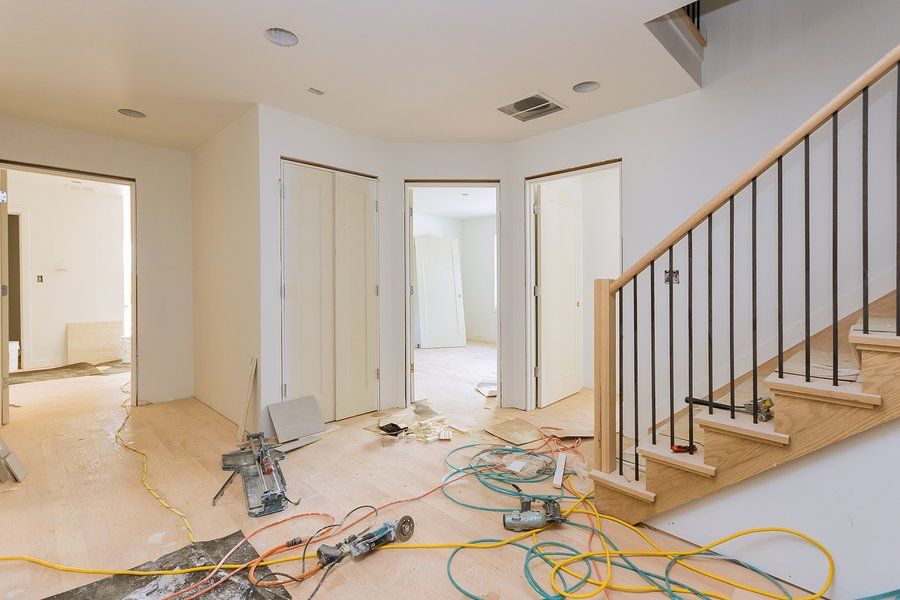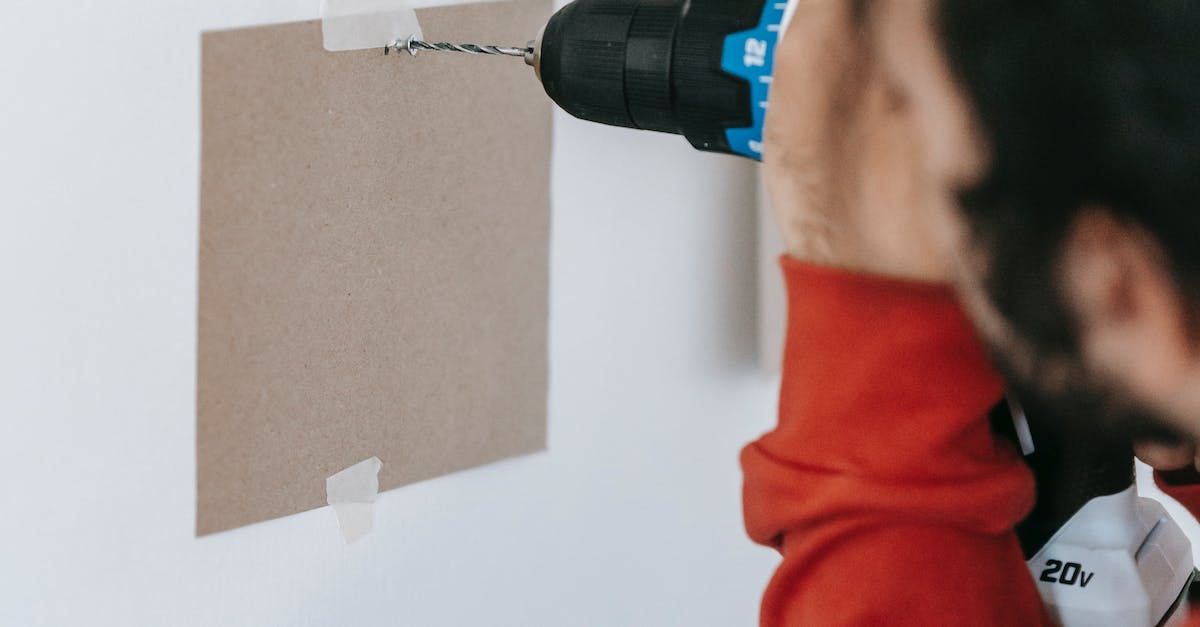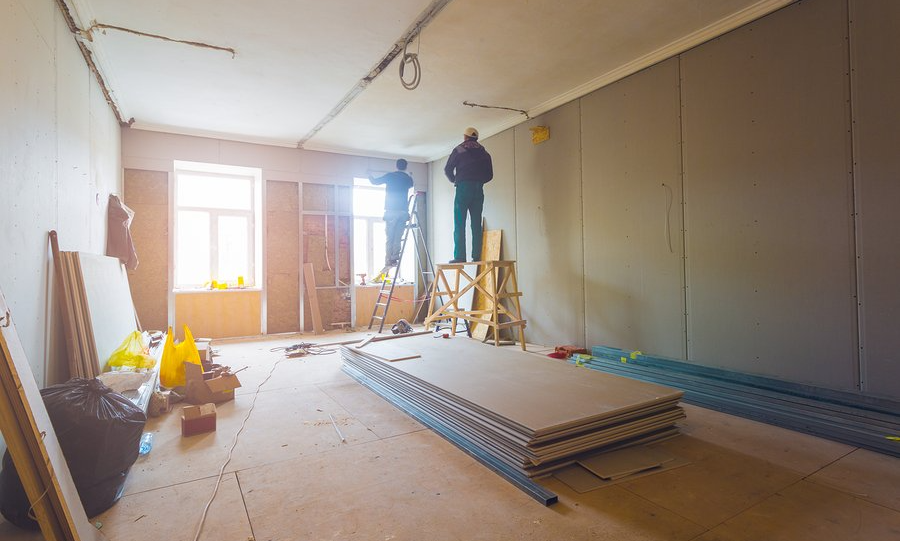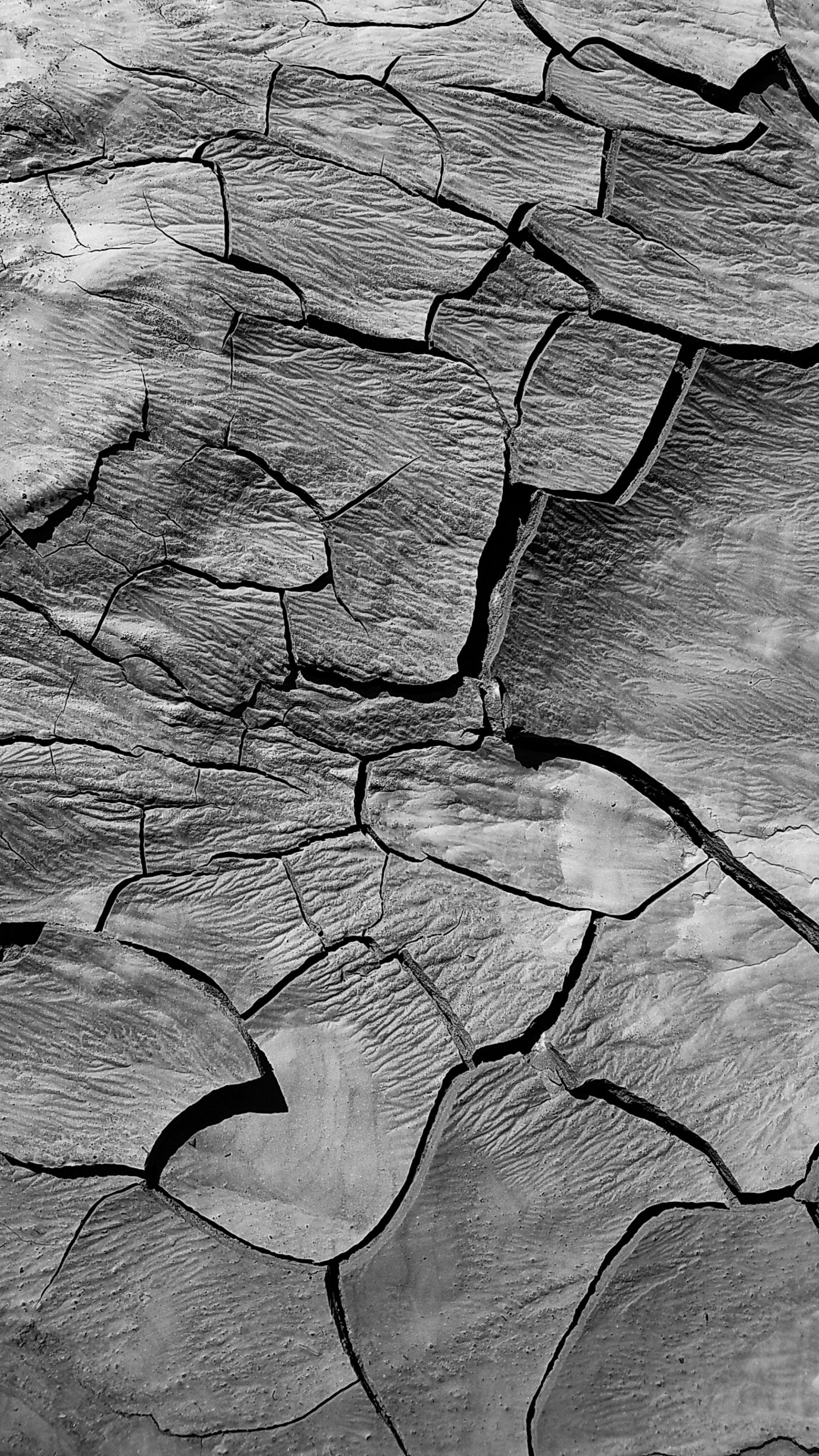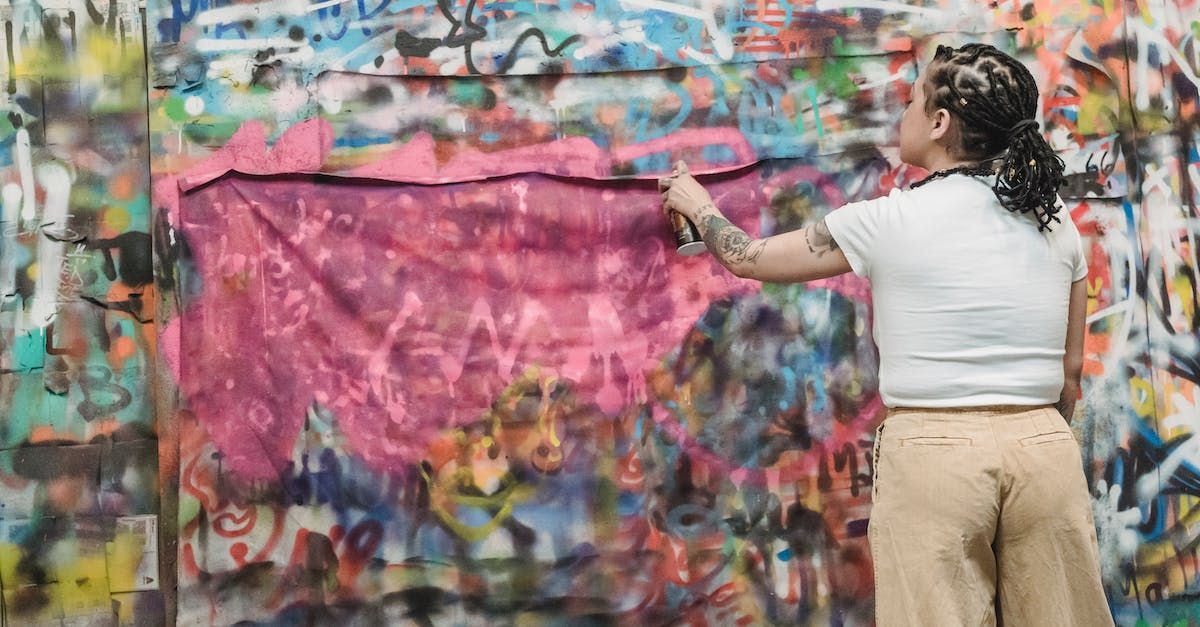Patch It Up! How to Quickly Repair Cracks & Holes in Drywall Conclusion
Master Drywall Crack and Hole Repair with These Simple, Quick Fixes for a Flawless Wall
Drywall is a versatile and commonly used material for walls and ceilings in most homes. However, even the most carefully installed drywall can develop cracks or holes over time due to wear and tear, accidental damage, or even foundation settling. Whether it's a small crack or a significant hole, knowing how to properly repair drywall will save you time and money, keeping your walls in pristine condition.
This guide will walk you through the essential steps for drywall crack and hole repair, from identifying the type of damage to completing the fix. Whether you’re searching for “drywall repair near me,” “sheetrock repair near me,” or prefer to tackle the repair yourself, these easy-to-follow techniques will help you restore your walls to their original state.
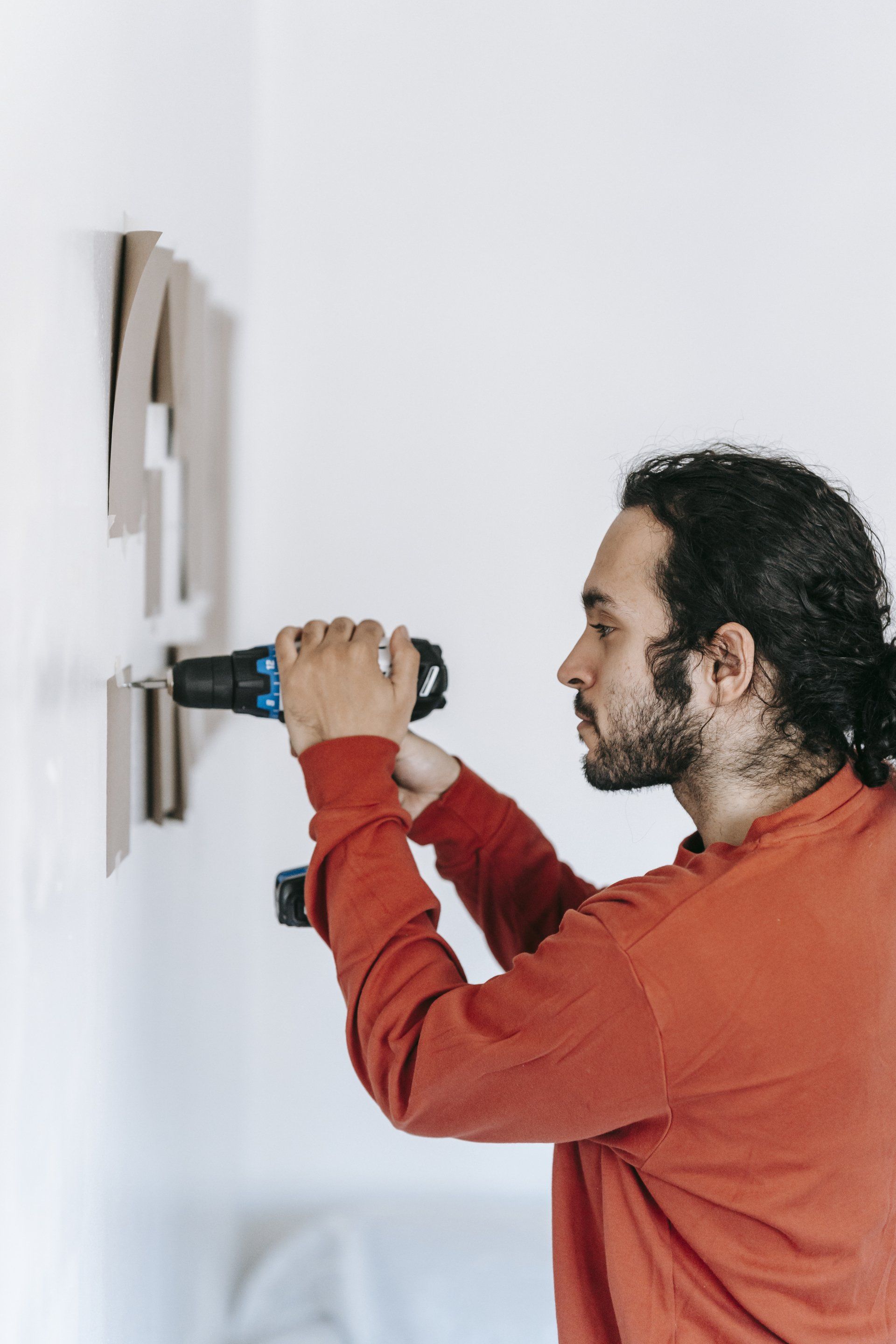
Types of Drywall Damage
Before jumping into drywall repair, it's important to assess the type of damage you’re dealing with. Different repairs are needed for cracks, small holes, and large holes, so let’s break down these categories:
- Hairline Cracks: Usually caused by minor foundation movement or drying of the drywall.
- Small Holes (Less than 2 inches): Often from nails, screws, or minor accidents.
- Medium Holes (2 to 6 inches): Often the result of doorknobs, furniture bumps, or more significant wear and tear.
- Large Holes (6 inches or larger): Typically caused by significant accidents or structural issues.
- Let’s explore how to patch drywall cracks and holes based on their severity.
Step-by-Step Guide to Repair Drywall Cracks & Holes
1. Repairing Hairline Cracks in Drywall
Hairline cracks may seem insignificant, but they can become an eyesore if left untreated. Here's how to repair them:
What You’ll Need:
- Utility knife
- Sandpaper
- Joint compound
- Putty knife
Steps:
- Widen the Crack: Use a utility knife to carefully widen the crack slightly to remove loose drywall debris and create a V-shaped groove. This will help the joint compound adhere better.
- Sand the Area: Lightly sand the area around the crack to create a smooth surface.
- Apply Joint Compound: Fill the crack with joint compound, smoothing it out with a putty knife. Feather the edges for a seamless blend.
- Let it Dry and Sand Again: After the compound dries, lightly sand the area to smooth the surface.
- Repaint the Area: Once smooth, prime and repaint the repaired section.
- If this seems too much for a DIY task, searching for “drywall repair near me” or “sheetrock repair near me” can connect you with local professionals.
2. Fixing Small Holes (Less than 2 Inches)
Small holes in drywall are incredibly common, often caused by nails, screws, or accidental bumps. Here's how to fix a hole in the wall:
What You’ll Need:
- Putty knife
- Spackling paste or joint compound
- Sandpaper
- Primer and paint
Steps:
- Clean the Hole: Remove any loose debris from the hole.
- Apply Spackling Paste: Use a putty knife to fill the hole with spackling paste or joint compound. Smooth it over and feather the edges.
- Let it Dry: Allow the compound to dry completely.
- Sand and Paint: Sand the area smooth and apply paint to match the rest of the wall.
- For quick fixes, you can also search for a drywall contractor if you need professional help.
3. Patching Medium Holes (2 to 6 Inches)
Medium-sized holes are often caused by larger impacts, such as doorknobs or furniture bumping against the wall. Here’s how to handle drywall hole repair for medium-sized damage.
What You’ll Need:
- Self-adhesive patch
- Joint compound
- Putty knife
- Sandpaper
Steps:
- Clean the Hole: Clear any loose debris.
- Apply Self-Adhesive Patch: Place a self-adhesive patch over the hole.
- Cover with Joint Compound: Using a putty knife, apply joint compound over the patch, extending it a few inches beyond the edges. Feather the edges for a smooth transition.
- Let it Dry: Allow the compound to dry fully before sanding.
- Sand and Repaint: Once the area is smooth, repaint it to blend with the wall.
If you're unsure about tackling this on your own, drywall contractors near me or sheetrock installers near me can assist with sheetrock wall repair.
4. Repairing Large Holes (Over 6 Inches)
Large holes require a bit more effort and precision. This process is also known as repair wallboard, as you’ll be replacing part of the drywall.
What You’ll Need:
- Drywall patch (or cut a piece from a drywall sheet)
- Drywall saw
- Joint compound
- Putty knife
- Sandpaper
Steps:
- Cut a Patch: Cut a piece of drywall that fits the hole.
- Attach the Patch: Secure the patch in place with drywall screws, making sure it fits flush with the wall.
- Apply Joint Compound: Cover the seams around the patch with joint compound and smooth it with a putty knife.
- Let it Dry and Sand: Once dry, sand the area for a smooth finish.
- Paint: Prime and repaint the patch to match the surrounding wall.
For extensive damage, consider contacting drywall companies near me or drywallers near me to ensure proper installation.
Ceiling Drywall Repair
If the damage is on the ceiling, the repair process is similar to wall repairs but slightly more challenging due to working overhead. Ceiling cracks can be caused by issues such as poor installation or structural movement.
For ceiling-specific damage, like cracks or water damage, consider contacting a drywall ceiling
repair professional or a local ceiling repair service for expert help. If you’re in Georgia, professionals who specialize in drywall repair atlanta can offer specific solutions to ceiling-related issues.
Additional Tips for Drywall & Sheetrock Repair
- Foundation Damage: Cracks caused by foundation issues require more than a simple drywall repair. You may need to search for foundation repair atlanta to address the root cause before patching the drywall.
- Prepping for Repair: Always clean the area around the crack or hole before applying joint compound or patches.
- Avoid Overfilling: Don’t apply too much compound in one go. Build up thin layers and sand between coats for a professional finish.
- Proper Sanding: Be careful not to over-sand, as this can damage the surrounding drywall. Light, even sanding is key.
When to Hire a Drywall Professional
While minor patching holes in drywall and cracks are DIY-friendly, larger repairs or ceiling fixes may require professional expertise. You can search for “drywall contractors near me” or “drywall installation near me” to find qualified professionals who can handle any size project.
If you're in a major city like Atlanta, local experts like drywall repair atlanta or
general contractors in the area can provide both repair and finishing services, saving you time and ensuring a high-quality result.
Drywall crack and hole repair is an essential skill for homeowners, whether you're tackling a small crack or a large hole. By following these steps, you can restore your walls to their original condition, prevent further damage, and avoid costly repairs.
From minor fix hole in wall jobs to complex drywall ceiling repair, learning these techniques will save you the hassle of searching for sheetrock repair near me or drywall companies near me for every minor issue. However, if you ever feel that the job is too large or complex, don’t hesitate to hire a drywall contractor to help with your repair needs.
By patching up your walls quickly and efficiently, you’ll maintain the beauty and integrity of your home for years to come!


